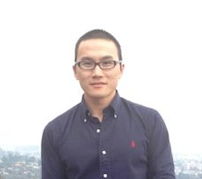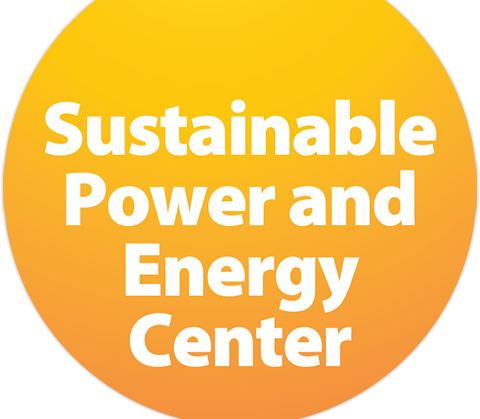SPEC is Funding the 2015 Graduate Summer Fellowship Program
The Sustainable Power and Energy Center is pleased to announce the Graduate Summer Fellowship program of 2015. Through this fellowship, students will be fully funded by SPEC to support the SPEC center's seed projects. These high impact collaborative projects have the potential to develop breakthrough energy technologies. The summer 2015 SPEC Graduate Summer Fellowship winners are Jianli Cheng and Justin Liu.

Name: Jianli Cheng
Advisor: Prof. Kesong Yang
In recent years, the hybrid organic-inorganic perovskites have received substantial interest because of their potential applications in developing next-generation solar cells. The prototype structure of the hybrid perovskite has a chemical formula of ABX3. This simple structure comprises a network of corner-sharing BX6 octahedra, in which the metal cation B, such as Pb2+ and Sn2+ are in the center. The X is a monovalent anion (Cl-, Br- and I-), and the A cation such as the organic molecular [CH3NH3]+ is used to neutralize the total charge. Since the first experimental demonstration of the CH3NH3PbI3-based solar cell in 2009, the power conversion efficiency (PCE) of the perovskite-based solar cells has rapidly reached up to 20%. Compared to the rapid evolution of the experimental PCE, the atomistic-scale understanding of the working mechanism of this class of materials relatively falls behind. First-principles electronic structure calculation based on Density Functional Theory is a powerful computational approach to explore the electronic property of many electron systems and provide atomistic explanations for many experimental phenomena. Currently, my research efforts focus on the fundamental understanding of the working mechanism of the hybrid perovskite materials in leading high PCEs through first-principles atomistic simulation techniques. Our goal is to develop a fundamental understanding of the structure-property relationship of the hybrid perovskite-based materials, and to identify underlying design principles for the further property optimization, performance enhancement, and accelerating the design of more efficient hybrid photovoltaic materials.
Acknowledgements: We thank the Graduate Summer Fellowship Program from the Sustainable Power and Energy Center at UC San Diego.

Name: Justin Liu
Advisor: Prof. Shaochen Chen
There is a growing demand for improved energy storage. Battery architecture has been left unchanged and is simply 2D laminar cells. By considering the 3rd dimension for battery design there is a potential to double the energy density. To date, such architectures have been produced in planar and 3D Motifs by conventional lithography and extrusion-based 3D printing. However, these methods require expensive tooling and facilities or lack the ability to build continuous structures. To address these needs the Chen group has proposed using a manufacturing platform – Continuous Projection Printing, a rapid, scalable, and highly specified fabrication technique will be utilized to develop a 3D battery, void of interfacial defects, with the ability to design truly 3D structures that have yet to be realized using conventional fabrication techniques.
Acknowledgements: We thank the Graduate Summer Fellowship Program from the Sustainable Power and Energy Center at UC San Diego

